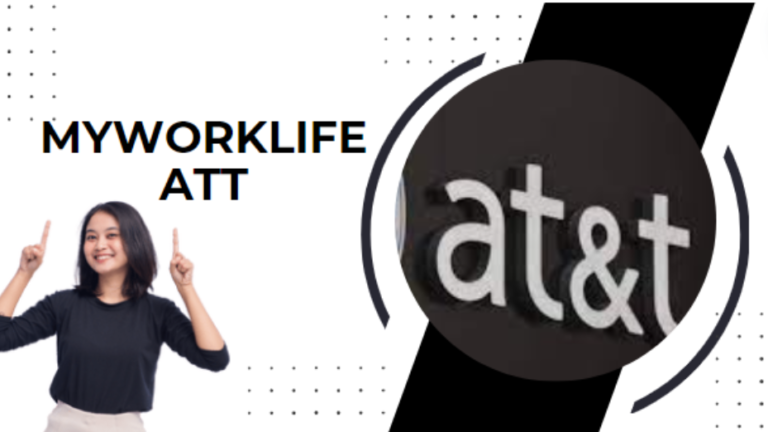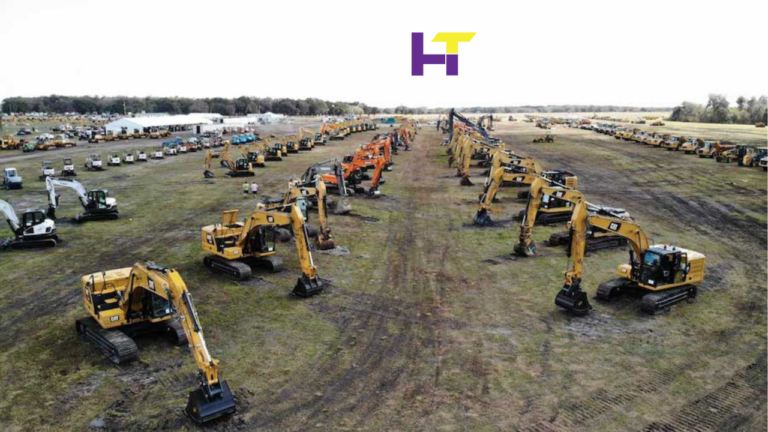Guardians of Efficiency: Exploring Employee Monitoring Software and DLP Tools

Introduction
The need for practical management tools has become paramount in modern workplaces’ fast-paced and digitally-driven landscape. Among these tools, Employee Monitoring Software and Data Loss Prevention (DLP) tools stand out as indispensable assets for businesses aiming to streamline operations, bolster security, and ensure regulatory compliance. This article aims to provide an in-depth exploration of these essential technologies, highlighting their key features, benefits, and best practices for implementation.
Employee Monitoring Software Overview
Employee Monitoring Software encompasses tools designed to track, analyze, and manage employee activities within the workplace. From time tracking and screen monitoring to activity logging and performance reporting, these software solutions offer a comprehensive approach to workforce management. Similarly, DLP tools safeguard sensitive data by preventing unauthorized access, transmission, or leakage.
Key Features
Employee Monitoring Software boasts various features geared towards enhancing managerial oversight and productivity. Time-tracking functionalities allow employers to monitor employee attendance and time spent on tasks, facilitating better resource allocation and project management. Screen monitoring enables real-time visibility into employee activities, fostering accountability and deterring unproductive behavior. Additionally, activity logging and reporting features provide valuable insights into employee performance, enabling data-driven decision-making.
DLP tools offer robust data protection features, including encryption, access controls, and content filtering. These tools mitigate the risk of data breaches and compliance violations by classifying sensitive data and enforcing policies to prevent its unauthorized disclosure.
Benefits for Employers and Employees
Adopting Employee Monitoring Software and DLP tools yields many benefits for both employers and employees. For employers, these technologies translate into enhanced productivity, reduced operational costs, and improved regulatory compliance. By gaining deeper insights into employee workflows and behaviors, employers can identify inefficiencies, optimize processes, and drive organizational performance improvements. Moreover, implementing DLP tools helps mitigate the risk of data breaches and safeguard intellectual property, thereby protecting the company’s reputation and financial interests.
Employees also stand to benefit from the transparent and equitable use of these technologies. Employee Monitoring Software promotes fair evaluation and recognition of employee contributions by fostering a culture of accountability and performance transparency. Likewise, DLP tools contribute to a secure work environment, ensuring that sensitive information remains confidential and protected from unauthorized access.
Compliance, Privacy, and Data Loss Prevention
Despite their myriad benefits, Employee Monitoring Software and DLP tools raise essential privacy and regulatory compliance considerations. To address these concerns, organizations must implement these technologies to respect employee privacy rights and adhere to relevant data protection regulations. This entails establishing clear policies and procedures governing monitoring tools, obtaining informed consent from employees, and implementing appropriate safeguards to protect sensitive data.
Furthermore, organizations must ensure that their use of DLP tools aligns with industry-specific regulations and standards governing data protection and privacy. By implementing robust data loss prevention strategies, organizations can minimize the risk of costly data breaches and regulatory penalties while safeguarding sensitive information from internal and external threats.
Real-World Use Cases
Across various industries, Employee Monitoring Software and DLP tools have proven instrumental in addressing many challenges and driving tangible business outcomes. In the healthcare sector, for instance, healthcare providers leverage these technologies to ensure compliance with HIPAA regulations and safeguard patient data against unauthorized access or disclosure. Similarly, in the financial services industry, banks and financial institutions utilize Employee Monitoring Software and DLP tools to prevent fraud, protect sensitive financial information, and maintain regulatory compliance.
Choosing the Right Software
Selecting the most suitable Employee Monitoring Software and DLP tools requires careful consideration of various factors, including scalability, compatibility, and ease of use. Organizations must assess their specific requirements and objectives, evaluate available solutions, and choose vendors that offer robust features, reliable support, and flexible pricing options. Additionally, organizations should prioritize solutions that integrate seamlessly with existing systems and workflows, minimizing disruption and maximizing efficiency.
Implementation Best Practices
Implementing Employee Monitoring Software and DLP tools hinges on clear communication, comprehensive training, and ongoing support. Organizations must involve stakeholders at every stage of the implementation process, addressing concerns, soliciting feedback, and fostering buy-in from employees. Moreover, organizations should provide adequate training and resources to ensure that employees understand the purpose and functionality of these tools and feel empowered to use them effectively.
Trends and Future Outlook
Looking ahead, the landscape of Employee Monitoring Software and DLP tools is poised for continued innovation and evolution. With the rise of remote work and hybrid work models, organizations increasingly invest in solutions that enable seamless collaboration, communication, and productivity monitoring across distributed teams. Furthermore, advancements in artificial intelligence and machine learning drive the development of predictive analytics and anomaly detection capabilities, empowering organizations to proactively identify and mitigate potential security risks and compliance violations.
Conclusion
In conclusion, Employee Monitoring Software and DLP tools represent indispensable assets for businesses seeking to optimize workplace efficiency, bolster security, and ensure regulatory compliance. By leveraging these technologies effectively, organizations can gain valuable insights into employee activities, safeguard sensitive data, and drive performance improvements across the organization. However, successful implementation requires careful planning, transparent communication, and ongoing commitment to privacy and compliance. As businesses navigate the complexities of the modern workplace, the strategic adoption of Employee Monitoring Software and DLP tools will continue to play a crucial role in shaping the future of work.
Call to Action
To learn more about how Employee Monitoring Software and DLP tools can help your organization maximize efficiency and security, explore reputable solutions tailored to your specific needs and objectives. Invest in technologies that empower your workforce, protect your data assets, and position your business for success in an increasingly digital world.
Read More: What Competencies Are Necessary for Software Developer Success in IT Jobs?






